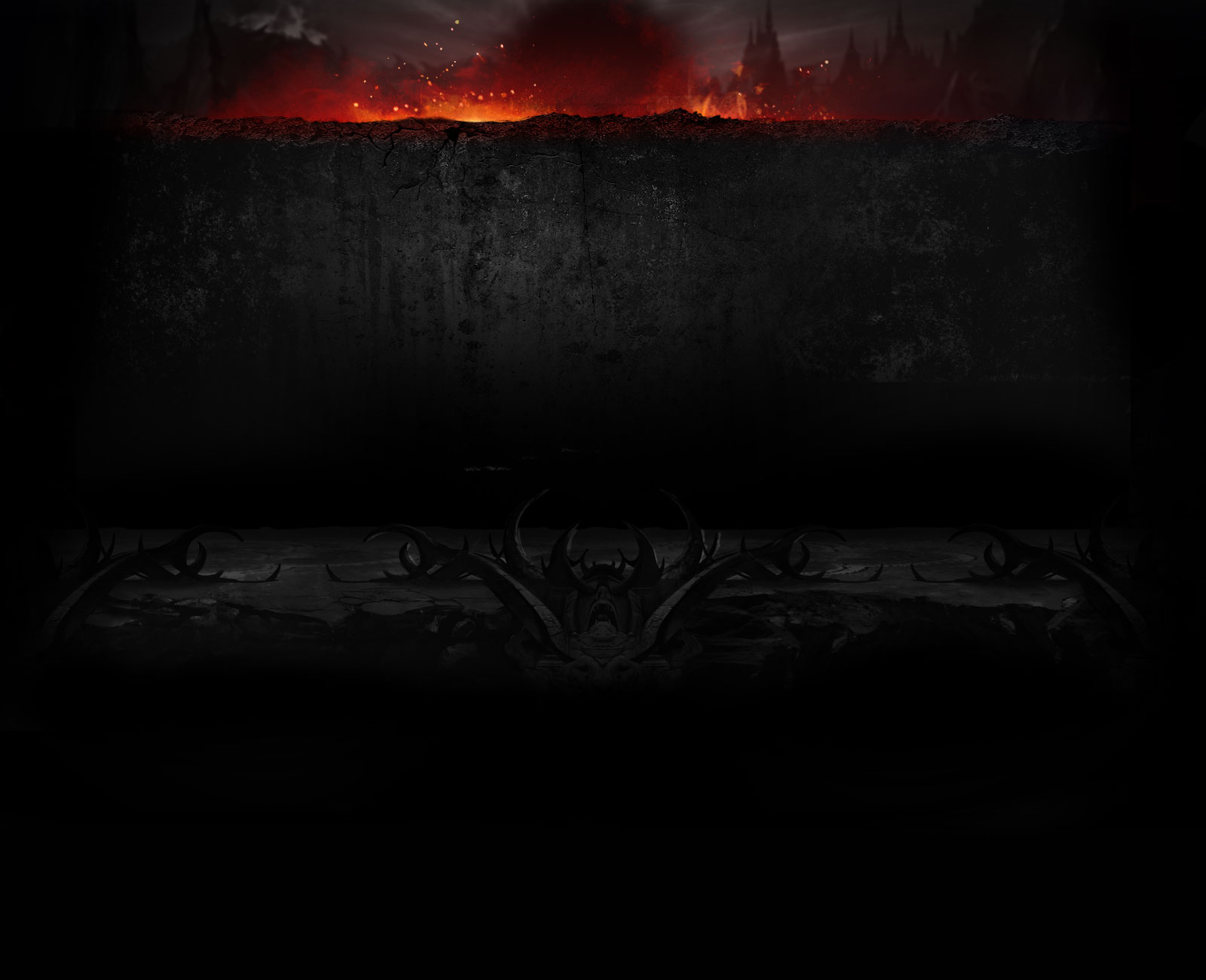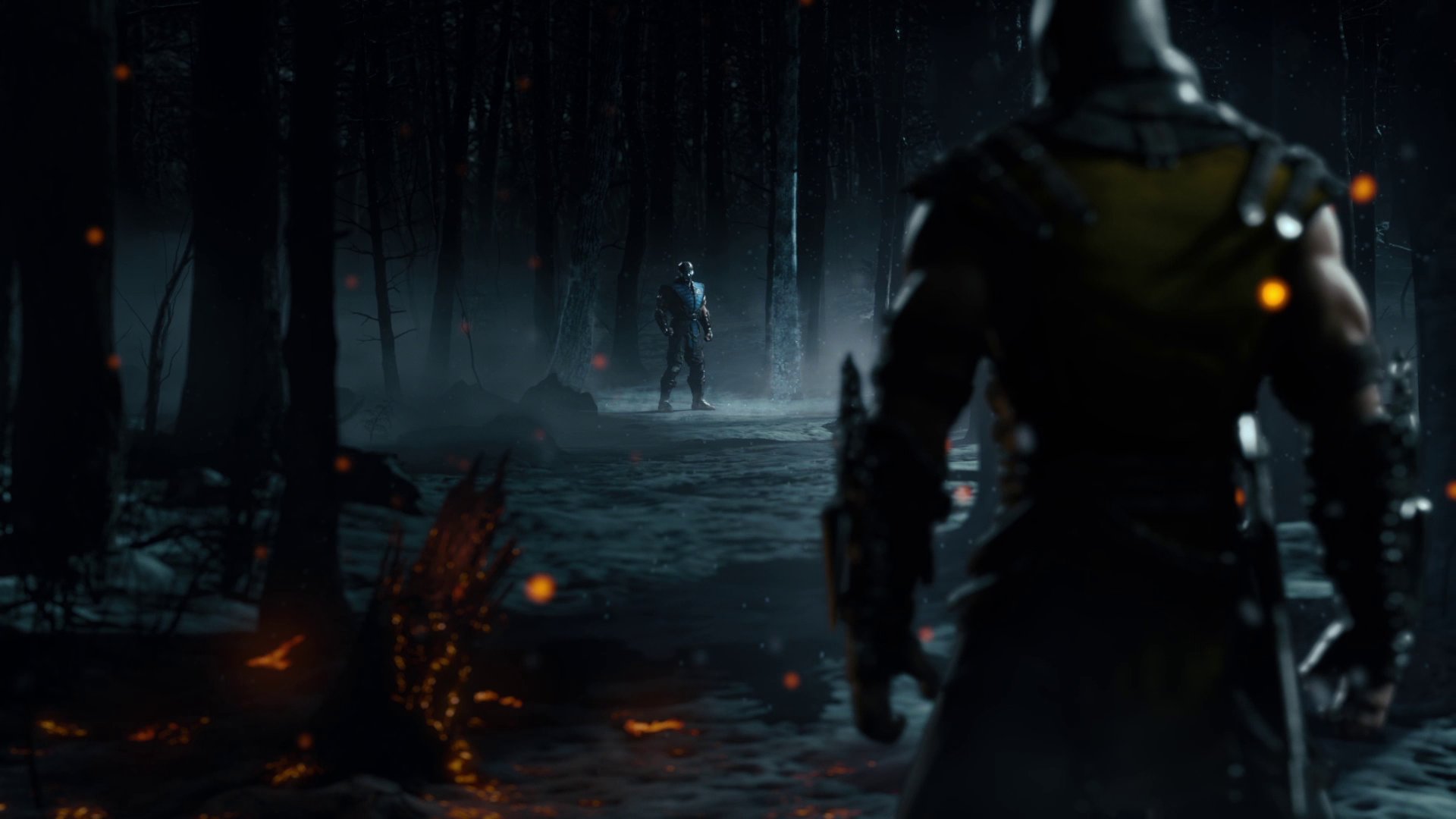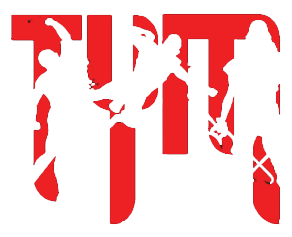interesting article
The impact of arcade digital distribution
The arcade scene in Japan is poised for a paradigm shift on December 9th with the launch of Arc System Works' BlazBlue Continuum Shift II on NESiCAxLive, a digital distribution system developed by Taito. Taito, a Japanese software and hardware giant, has been around since 1953 and was recently purchased by Square-Enix in 2005. Announced on September 9th at the 48th Amusement Machine Show in Chiba, Taito plans on having about 30 titles available on Nesica by March 2011. So far the announced titles include Space Invaders, Elevator Action, Battle Fantasia, Samurai Spirits Sen, King of Fighters 98 Ultimate Match Final Edition and King of Fighters 2002 Unlimited Match.
With the current system, arcade operators have to purchase physical copies of games to install into their cabinets. To put this in perspective, a Street Fighter 4 board costs roughly $3,000 USD. With the new system, arcade owners download games directly from Taito's data center onto their own local server for immediate distribution to their arcade cabinets.

It is based loosely on the software as a service (SaaS) model, which is a method of distributing the same software to multiple customers via a network. Customers do not have to maintain the software and generally do not have to buy any new hardware.
NESiCAxLive Hikari Router: 158,000 yen (Tax not included)
Server: 89,000 yen (Tax not included)
Client (Vewlix): 172,000 yen (Tax not included)
Client (General): 190,000 yen (Tax not included)
Surcharge: 31.5 yen (source: Reno at Versus City)
Digital distribution is nothing new to the gaming industry. Steam, Valve's wildly popular gaming platform, has over 1,200 games and over 30 million active user accounts. In 2006, Microsoft launched their Xbox 360 system with the Xbox Live marketplace, which enabled users to download games directly to the console. This has been so successful that the other console giants have joined it, with Nintendo providing a backlog of old games on the Wii.
From 2004 to 2005, console disc sales in the US dropped by $700 million, according to market research firm NPD Group. Meanwhile, game companies earned $143 million from online console gaming in 2005, a figure JupiterResearch predicts will grow to $2 billion domestically by 2011. At a panel discussion this February, Microsoft’s corporate vice president of interactive entertainment, Peter Moore, described the future of gaming: “Years from now, the concept of driving to the store to buy a plastic disc with data on it and driving back and popping it in the drive will be ridiculous,” he said. “We’ll tell our grandchildren we did that, and they’ll laugh at us.” (source: http://www.wired.com/wired/archive/14.08/nintendo.html)
The benefits that this system offers to arcades are numerous. Having access to a backlog of games is quicky becoming an industry standard that arcade owners have, as of yet, not been able to take advantage of. This can be seen clearly by the success of Xbox Live's retro games such as Frogger and Galaga, and of course Nintendo's backlog on the Wii. At E3, gamers waited for hours to get the chance to play Super Mario World of SNES fame on the Wii. Currently if someone wants to play a more obscure game at an arcade, the arcade owners have to switch out the cabinet hardware. With Nesica, the arcade owner doesn't even have to get up. Their popular games will always be available, thus increasing cash flow and productivity.
...arcade owners can get the games they want without having to risk tens of thousands of dollars on games that may or may not make profit.
Secondly, arcade owners can get the games they want without having to risk tens of thousands of dollars on games that may or may not make profit. To illustrate the risk involved, a Tilt arcade operator in Bellingham, WA purchased a Street Fighter 4 board just weeks before Super Street Fighter 4 was released. This completely invalidated a $3,000 investment and the cabinet is almost completely unused. Under a shared profit model in which arcade operators simply pay a per-use fee, Nesica will be much less devastating to smaller arcades; large companies tend to take too much of a small arcade's profits to be viable.
In addition to benefiting the arcade operators, it could also potentially benefit arcade game developers as well. Stephen Cakebread, the designer of Geometry Wars: Retro Evolved, released his product on the Xbox Live Arcade platform for $5 and it quickly took the market by storm. Indie games are becoming more and more popular and Nesica could help propagate the development of an indie arcade scene.
Finally, Nesica can be the defibrillator needed to help revive the arcade scene worldwide. Street Fighter and fighting games in general are meant to be played with no latency. A one frame link means the input must register on 1/60 of a second. When you have variable latency it can be impossible to perform difficult links. The network infrastructure in the USA makes online play practically impossible if your opponent is more than a few states away. Easier access to arcades means more communities can develop in places other than the coasts. The importance of community building is paramount. As communities develop and grow so does the general skill level, as you are only as good as your training partners. One simply has to look at Japan's overall skill level to see how vital an active arcade community is.
As with most things, arcade digital distribution has its drawbacks. By putting expensive intellectual property on the cloud, game developers put themselves at additional risk of piracy. Being a closed network with such a high-priced product as arcade software is a risk unto itself. Currently there are both software and hardware securities that help deter hackers. With this change, there would only be software based security encryption.
If Japan moves to digital distribution, it could affect arcades outside of Japan negatively. Many arcades depend on older, cheaper software and hardware to survive. If arcade digital distribution takes off, the market for older arcade parts will disappear. If all arcade games are digital in Japan, it will become impossible for foreign arcade owners or personal home arcade enthusiasts to import older releases. In fact, the common practice in which arcade enthusiasts rent their cabinets out to local arcades would be at risk. While this is purely speculative, it is clear that the consequences of digital distribution in Japan can easily affect arcade communities worldwide.
The consequences of digital distribution can already been seen in Japan. Currently Taito charges arcade owners 31.5 yen per play. Nesica has a fixed price instead of a percentage because software vendors have to regulate their own baseline income or they would face potential losses in margin. If an arcade owner puts a cabinet on free play, Taito would not profit. Most arcades charge 100 yen per play, but often smaller or more remote arcades only charge 50 yen to compete with the larger arcades. Reno from Versus City had an opportunity to speak with some arcade owners in Japan, and the sentiment is that "arcades that charge 50 yen per play are getting bullied with the new system and will have to start charging the 'normal' 100 yen rate per play." People have criticized Taito for not being more flexible with their pricing structure and suggested they charge 16 yen for a 50 yen cabinet or 31.5 yen on a 100 yen cabinet. The problem lies with the hardware; Taito has no idea if the coin being dropped into the slot is a 50 or 100 yen coin. Therefore, arcade operators could pay the 16 yen surcharge yet still charge their customers 100 yen. It quickly becomes clear, as with most new technologies, that there will be growing pains.
Incorporating a card-based profile system would help fuel player ego and give players a digital footprint to display their arcade achievements.
How will this affect the USA? While it is still too early to tell, there are still deductions that can be made. Arcade digital distribution is in its infancy and some say it's too late to save our arcades. Nesica could fail; digital distribution may never leave Japan. So far 9 companies have signed on, yet Capcom still has not indicated any interest. However, Street Fighter 4 has certainly revitalized the community and arcades still have plenty of room to innovate and provide better services. Lower up-front costs under a SaaS model means bars, coffee shops and other places of business will have easier access to arcade cabinets. Incorporating a card-based profile system would help fuel player ego and give players a digital footprint to display their arcade achievements. The fighting game community in the USA is strong and only getting stronger. Digital distribution could be the key to jump-starting the stagnant arcade scene, or it could be its demise.
Tell us what you think! Do you think that digital distribution is good or bad for arcades in the long term?
http://www.esfiworld.com/sf4/feature/arcade-digital-distribution-and-its-impact-arcades
The impact of arcade digital distribution
The arcade scene in Japan is poised for a paradigm shift on December 9th with the launch of Arc System Works' BlazBlue Continuum Shift II on NESiCAxLive, a digital distribution system developed by Taito. Taito, a Japanese software and hardware giant, has been around since 1953 and was recently purchased by Square-Enix in 2005. Announced on September 9th at the 48th Amusement Machine Show in Chiba, Taito plans on having about 30 titles available on Nesica by March 2011. So far the announced titles include Space Invaders, Elevator Action, Battle Fantasia, Samurai Spirits Sen, King of Fighters 98 Ultimate Match Final Edition and King of Fighters 2002 Unlimited Match.
With the current system, arcade operators have to purchase physical copies of games to install into their cabinets. To put this in perspective, a Street Fighter 4 board costs roughly $3,000 USD. With the new system, arcade owners download games directly from Taito's data center onto their own local server for immediate distribution to their arcade cabinets.

It is based loosely on the software as a service (SaaS) model, which is a method of distributing the same software to multiple customers via a network. Customers do not have to maintain the software and generally do not have to buy any new hardware.
NESiCAxLive Hikari Router: 158,000 yen (Tax not included)
Server: 89,000 yen (Tax not included)
Client (Vewlix): 172,000 yen (Tax not included)
Client (General): 190,000 yen (Tax not included)
Surcharge: 31.5 yen (source: Reno at Versus City)
Digital distribution is nothing new to the gaming industry. Steam, Valve's wildly popular gaming platform, has over 1,200 games and over 30 million active user accounts. In 2006, Microsoft launched their Xbox 360 system with the Xbox Live marketplace, which enabled users to download games directly to the console. This has been so successful that the other console giants have joined it, with Nintendo providing a backlog of old games on the Wii.
From 2004 to 2005, console disc sales in the US dropped by $700 million, according to market research firm NPD Group. Meanwhile, game companies earned $143 million from online console gaming in 2005, a figure JupiterResearch predicts will grow to $2 billion domestically by 2011. At a panel discussion this February, Microsoft’s corporate vice president of interactive entertainment, Peter Moore, described the future of gaming: “Years from now, the concept of driving to the store to buy a plastic disc with data on it and driving back and popping it in the drive will be ridiculous,” he said. “We’ll tell our grandchildren we did that, and they’ll laugh at us.” (source: http://www.wired.com/wired/archive/14.08/nintendo.html)
The benefits that this system offers to arcades are numerous. Having access to a backlog of games is quicky becoming an industry standard that arcade owners have, as of yet, not been able to take advantage of. This can be seen clearly by the success of Xbox Live's retro games such as Frogger and Galaga, and of course Nintendo's backlog on the Wii. At E3, gamers waited for hours to get the chance to play Super Mario World of SNES fame on the Wii. Currently if someone wants to play a more obscure game at an arcade, the arcade owners have to switch out the cabinet hardware. With Nesica, the arcade owner doesn't even have to get up. Their popular games will always be available, thus increasing cash flow and productivity.
...arcade owners can get the games they want without having to risk tens of thousands of dollars on games that may or may not make profit.
Secondly, arcade owners can get the games they want without having to risk tens of thousands of dollars on games that may or may not make profit. To illustrate the risk involved, a Tilt arcade operator in Bellingham, WA purchased a Street Fighter 4 board just weeks before Super Street Fighter 4 was released. This completely invalidated a $3,000 investment and the cabinet is almost completely unused. Under a shared profit model in which arcade operators simply pay a per-use fee, Nesica will be much less devastating to smaller arcades; large companies tend to take too much of a small arcade's profits to be viable.
In addition to benefiting the arcade operators, it could also potentially benefit arcade game developers as well. Stephen Cakebread, the designer of Geometry Wars: Retro Evolved, released his product on the Xbox Live Arcade platform for $5 and it quickly took the market by storm. Indie games are becoming more and more popular and Nesica could help propagate the development of an indie arcade scene.
Finally, Nesica can be the defibrillator needed to help revive the arcade scene worldwide. Street Fighter and fighting games in general are meant to be played with no latency. A one frame link means the input must register on 1/60 of a second. When you have variable latency it can be impossible to perform difficult links. The network infrastructure in the USA makes online play practically impossible if your opponent is more than a few states away. Easier access to arcades means more communities can develop in places other than the coasts. The importance of community building is paramount. As communities develop and grow so does the general skill level, as you are only as good as your training partners. One simply has to look at Japan's overall skill level to see how vital an active arcade community is.
As with most things, arcade digital distribution has its drawbacks. By putting expensive intellectual property on the cloud, game developers put themselves at additional risk of piracy. Being a closed network with such a high-priced product as arcade software is a risk unto itself. Currently there are both software and hardware securities that help deter hackers. With this change, there would only be software based security encryption.
If Japan moves to digital distribution, it could affect arcades outside of Japan negatively. Many arcades depend on older, cheaper software and hardware to survive. If arcade digital distribution takes off, the market for older arcade parts will disappear. If all arcade games are digital in Japan, it will become impossible for foreign arcade owners or personal home arcade enthusiasts to import older releases. In fact, the common practice in which arcade enthusiasts rent their cabinets out to local arcades would be at risk. While this is purely speculative, it is clear that the consequences of digital distribution in Japan can easily affect arcade communities worldwide.
The consequences of digital distribution can already been seen in Japan. Currently Taito charges arcade owners 31.5 yen per play. Nesica has a fixed price instead of a percentage because software vendors have to regulate their own baseline income or they would face potential losses in margin. If an arcade owner puts a cabinet on free play, Taito would not profit. Most arcades charge 100 yen per play, but often smaller or more remote arcades only charge 50 yen to compete with the larger arcades. Reno from Versus City had an opportunity to speak with some arcade owners in Japan, and the sentiment is that "arcades that charge 50 yen per play are getting bullied with the new system and will have to start charging the 'normal' 100 yen rate per play." People have criticized Taito for not being more flexible with their pricing structure and suggested they charge 16 yen for a 50 yen cabinet or 31.5 yen on a 100 yen cabinet. The problem lies with the hardware; Taito has no idea if the coin being dropped into the slot is a 50 or 100 yen coin. Therefore, arcade operators could pay the 16 yen surcharge yet still charge their customers 100 yen. It quickly becomes clear, as with most new technologies, that there will be growing pains.
Incorporating a card-based profile system would help fuel player ego and give players a digital footprint to display their arcade achievements.
How will this affect the USA? While it is still too early to tell, there are still deductions that can be made. Arcade digital distribution is in its infancy and some say it's too late to save our arcades. Nesica could fail; digital distribution may never leave Japan. So far 9 companies have signed on, yet Capcom still has not indicated any interest. However, Street Fighter 4 has certainly revitalized the community and arcades still have plenty of room to innovate and provide better services. Lower up-front costs under a SaaS model means bars, coffee shops and other places of business will have easier access to arcade cabinets. Incorporating a card-based profile system would help fuel player ego and give players a digital footprint to display their arcade achievements. The fighting game community in the USA is strong and only getting stronger. Digital distribution could be the key to jump-starting the stagnant arcade scene, or it could be its demise.
Tell us what you think! Do you think that digital distribution is good or bad for arcades in the long term?
http://www.esfiworld.com/sf4/feature/arcade-digital-distribution-and-its-impact-arcades






